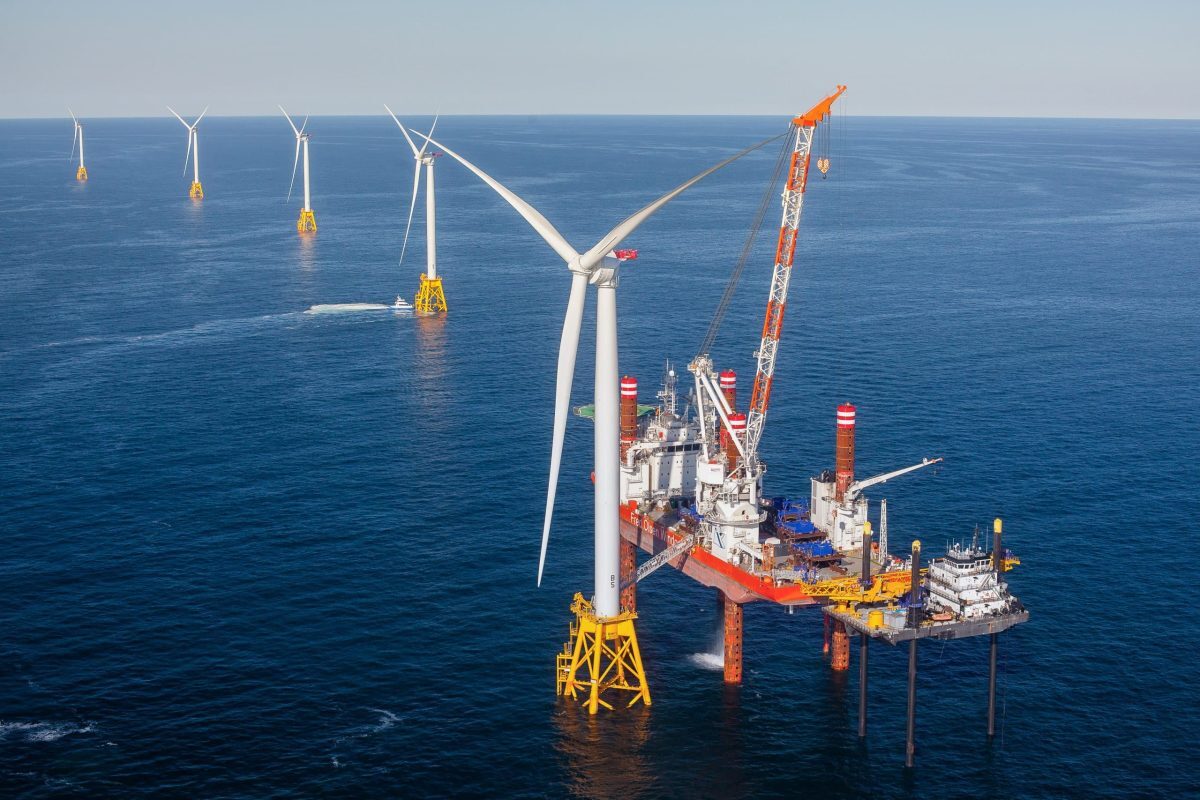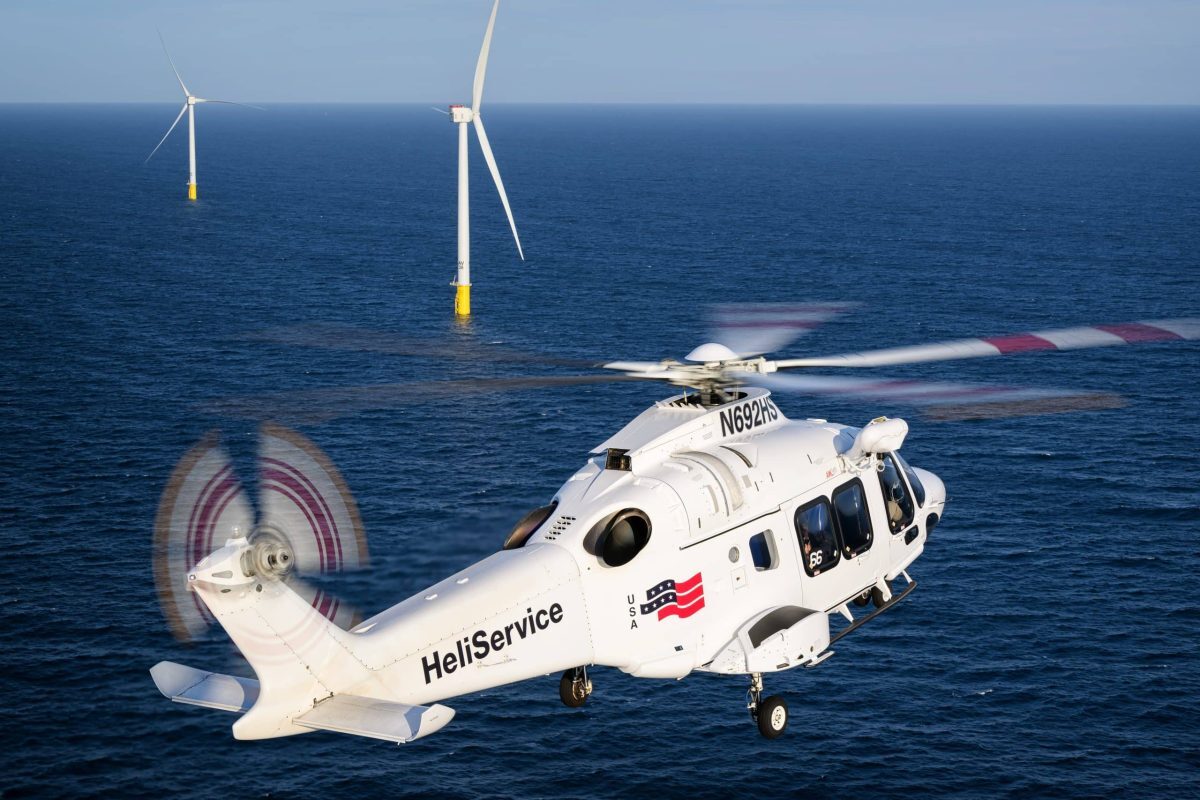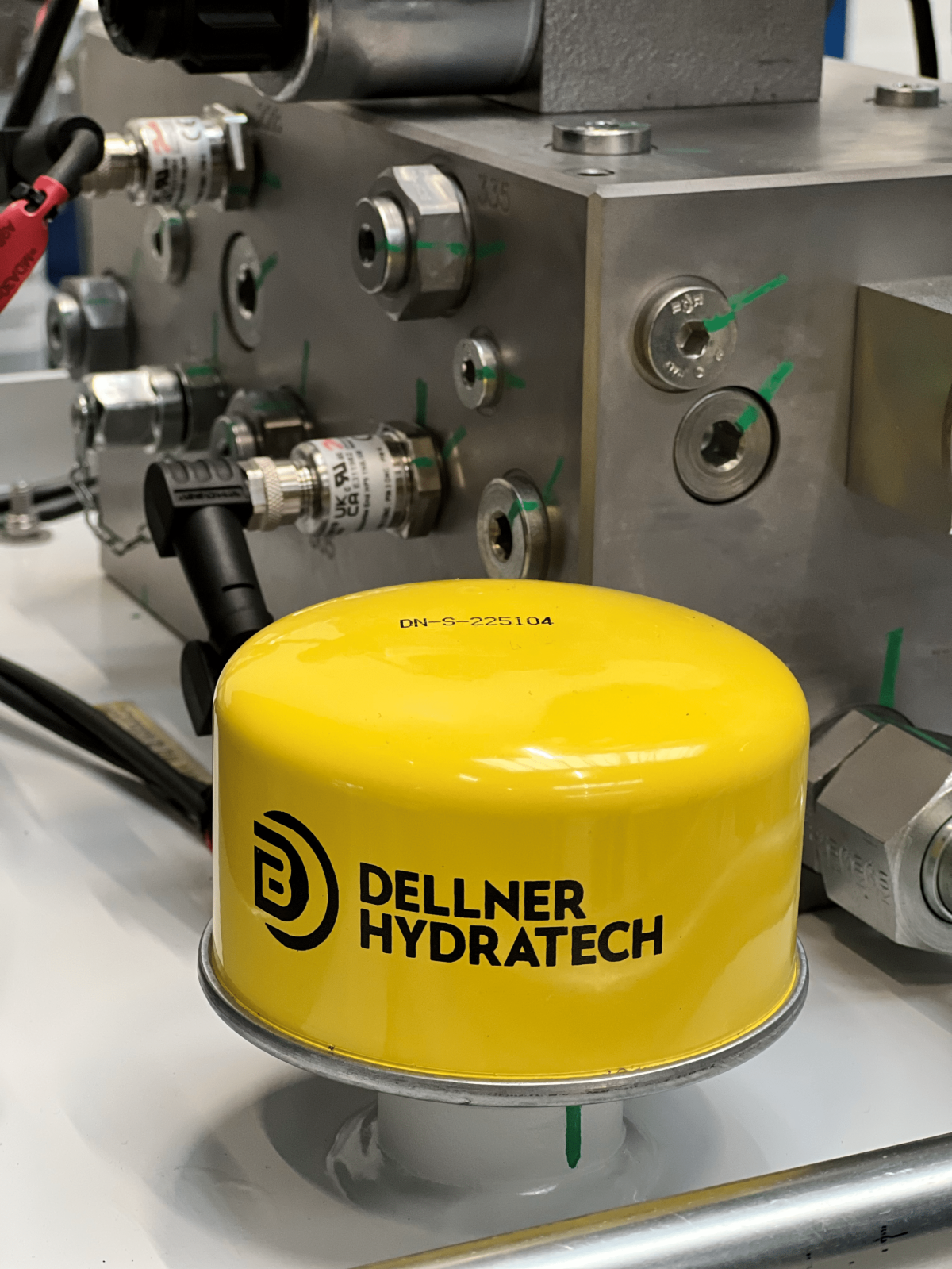Exclusive Articles
Navigating opportunities and challenges off the shores of America
Published in: Wind, Think Tank, Exclusive Articles

The US offshore wind market is a burgeoning industry with immense potential and notable hurdles. Achieving ambitious renewable energy goals could foster massive job creation, significant capital investment, and substantial advancements in infrastructure. However, challenges such as rising costs, robust supply chains, and complex regulatory frameworks must be addressed to unlock the full potential of this renewable energy sector.
The US offshore wind market presents a unique opportunity, with unique challenges to overcome. With 29 coastal states, the country has the potential to produce more than 7,200 terawatt-hours (TWh) of electricity from offshore wind, almost double the 4,000 TWh's consumed in 2024.
In March 2023, the US Department of Energy released a summary of the its role in the nationwide effort to deploy 30 gigawatts (GW) of offshore wind energy by 2030, while setting the stage for 110 GW or more by 2050. This includes the goal of deploying 15 GW of floating wind offshore by 2035.
This strategy aligns with the United Nations goals for climate action, including a 45% reduction of emissions by 2030.
Achieving this goal would translate to more than 77,300 employed workers in jobs created by offshore wind activity, capital investments in offshore wind energy projects of more than $12 billion per year, and 5 to 10 new manufacturing plants and other infrastructure include marshaling ports, fabrication ports, and large installation vessels for a total of approximately $11 billion in total investment.
To read the full content, please download the PDF below.
Download full article













